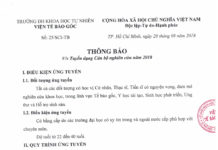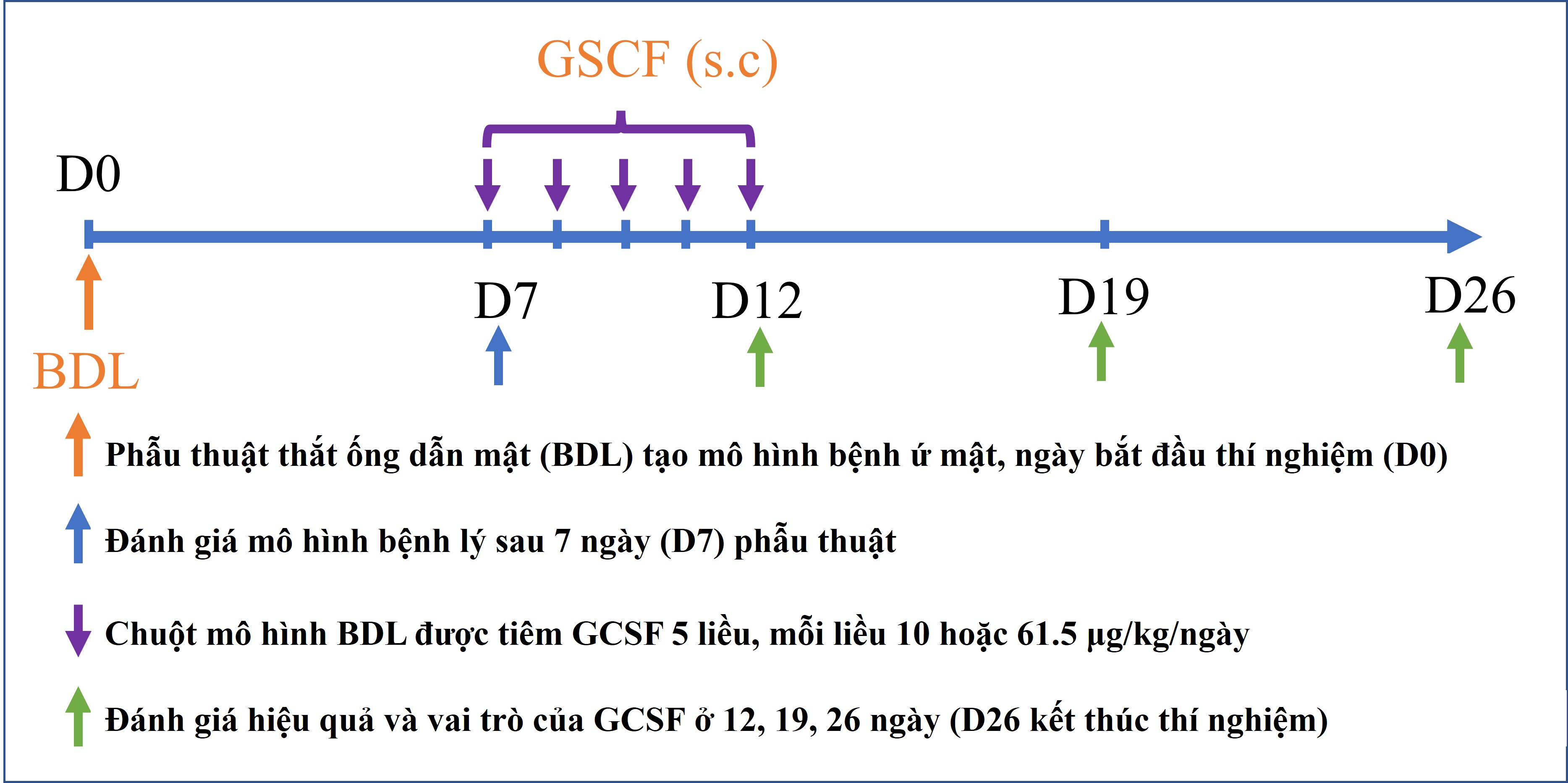Establishment of a standardized mouse model of hepatic fibrosis for biomedical research
Abstract
Liver injury causes the formation of nodules and diffuses fibrosis or scar tissues termed liver fibrosis. Since efficient therapies to prevent fibrosis are not obtainable, it is necessary to build up a potential animal model of liver fibrosis to study. In this research, liver fibrosis micewere generated using Swiss mice and carbon tetrachloride – CCl4. CCl4 at doses of 0.8, 1.0 and 1.2 ml/kg was evaluated on mice to obtain an effective dose for liver fibrosis induction. This study aimed to build up a standardized hepatic fibrosis mouse model induced by carbon tetrachloride for further biomedical research. On Swiss mice, dose of CCL4 was considered and criterias of fibrosis were also evalutated such as serum markers, fibrosis marker-genes and histopathology. Mice were administrated with CCL4 in 8 consecutive weeks, 3 times/week. Body weight, survival rate and serum markers Aspartate aminotransferase/Alanine aminotransferase (AST/ALT), fibrosis markers (fibronectin, procollagen, nt5e, TGF-beta and integrin) and histopathology (Hematoxylin & Eosin staining) were measured to determine the suitable dose of CCL4. Results showed that CCL4 1.0 ml/kg is the efficient dose for liver fibrosis mouse model establishment. In a standardized liver fibrosis model, mice were treated with CCL4 1.0 ml/kg in 11 consecutive weeks, 3 times/week and evaluated serum markers level (AST, ALT, bilirubin, albumin), gene-expression of fibrosis markers using quantitative-RT PCR, histopathology (H&E staining) and connective tissue formation by Massive trichrome staining. The outcomes showed that serum markers and the level of fibrosis gene markers in standardized liver fibrosis mice had significantly increased. It is also recorded that there was a sharply increasing of fibronectin and procollagen expression (1222.40±4.20 and 241.35±1.18, respectively). We also recorded cirrhosis (fibrosis stage 3 – 5/6) in liver tissues of standardized liver fibrosis mice.
Keywords




